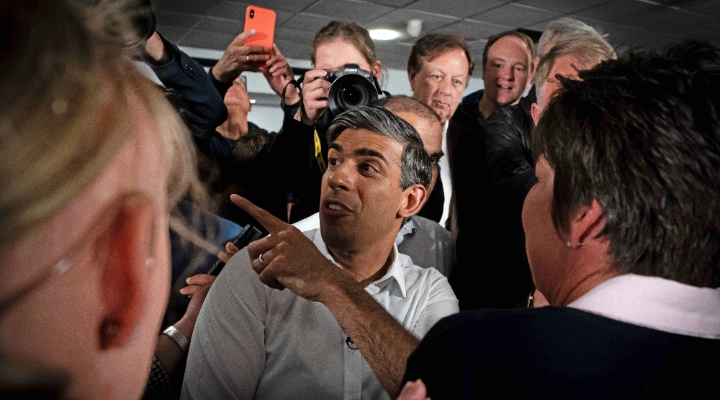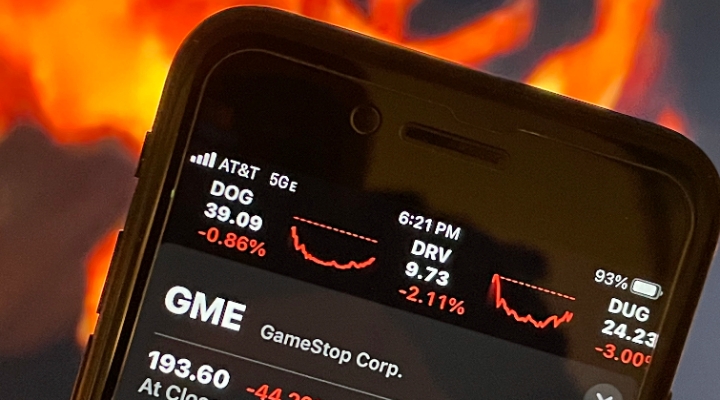Following Part 1 of our haunted holdings, in this second installment of our ghostly tale we take a look at some specialist equity funds.
We all know that poltergeists like to come out to play around Halloween. Some theories describe them as a mass form of energy. So let’s take a look at BlackRock New Energy Investment Trust (BRNE) and BGF New Energy, the Luxembourg-domiciled SICAV of the same fund.
How have both fared over the five-year period September 30, 2005 to September 30, 2010?

There are five stages of poltergeist activity: sense attack, communication, electrical control, trickster stage and danger level. You may think these results show the closed-end version of this fund, BlackRock New Energy Investment Trusts, is in stage four: trickster.
Over five years, the price decline of the investment trust means investors have lost money, yet the underlying NAV has increased more than the value of the open-ended SICAV. Does this mean the investment trust is teetering on the edge, about to fall into stage five: danger? We don’t think so and our Superior qualitative rating on the SICAV adds to our confidence.
This example shows how the NAV and price can move in very different ways, depending on over-riding market sentiment. New Energy is intrinsically linked with technology and spending in such areas saw drastic cuts in 2007 and 2008 as the economic outlook deteriorated. At the time of writing, the investment trust trades at a discount to NAV of around 17%. That suggests there’s a lot of value to be unlocked underneath.
Let’s stick with the Natural Resources team at BlackRock but go underground. Next we take a look at BGF World Mining and BlackRock World Mining Trust (BRWM).

Here we see a similar pattern. The SICAV has outperformed on a price-return basis, but the NAV of the investment trust has beaten the SICAV, albeit by a small margin of 1.6 percentage points. Fees are also worth a mention. The total expense ratio of the SICAV is 2.09%, whereas at the investment trust it’s a much lower 1.06%.
The investment trust also trades at a discount to NAV of around 17%. Once again we look to our qualitative rating report where we have awarded the SICAV our top rating: Elite. It may take a while for this to dig its way out, but there’s no need to run screaming into the woods just yet.
Our final ghost in part two comes from Edinburgh. Edinburgh Partners Global Opportunities and EP Global Opportunities (EPG) are both run by Dr Sandy Nairn and his team.

There are no horror stories on fees here. The total expense ratio at the open-ended fund is a competitive 1.39% and at the investment trust it’s only a fraction lower at 1.29%. Dr Nairn hasn’t even geared the fund much either; all gearing stopped at the start of 2006. Yet on a NAV basis, the investment trust has outperformed by 9 percentage points over the five-year period.
This shows another benefit of closed-end funds: the open-ended version stands at around £1.4 billion and Nairn has had to deal with significant inflows over the last few years. The investment trust is a shadow of the size, at £48 million and this has stayed constant. This has allowed Nairn to be very nimble with his holdings in the latter fund and access companies with smaller market-caps than might otherwise be in his investible universe.
We think it’s time for investment trusts to emerge from the shadows of their open-ended counterparts. The results in part one and this, part two, show they’re worth a long hard look.






















